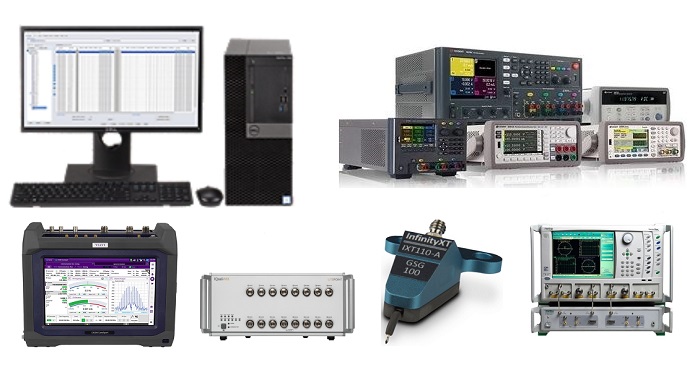This comprehensive course on RF and Microwave Measuring Equipment and Testing offers in-depth insights into the principles, tools, and techniques essential for accurate RF measurements. Throughout the course, students will explore the key aspects of RF and microwave testing, from basic signal analysis to advanced measurement techniques used in complex systems. With a focus on practical knowledge, the course introduces essential tools such as spectrum analyzers, vector network analyzers (VNAs), oscilloscopes, and power meters, providing students with a solid foundation to handle real-world testing challenges.
In addition to traditional measurement techniques, the course also covers emerging technologies like 5G, millimeter-wave testing, quantum metrology, and the use of photonic signal processing, providing students with an understanding of how these innovations are shaping the future of RF and microwave testing. The curriculum emphasizes test automation, signal integrity, and troubleshooting methods, preparing students to optimize testing procedures and improve the efficiency of RF and microwave systems. Whether you’re an engineer, researcher, or professional in the telecommunications, aerospace, or electronics industries, this course will equip you with the knowledge and skills necessary to excel in RF and microwave testing.
